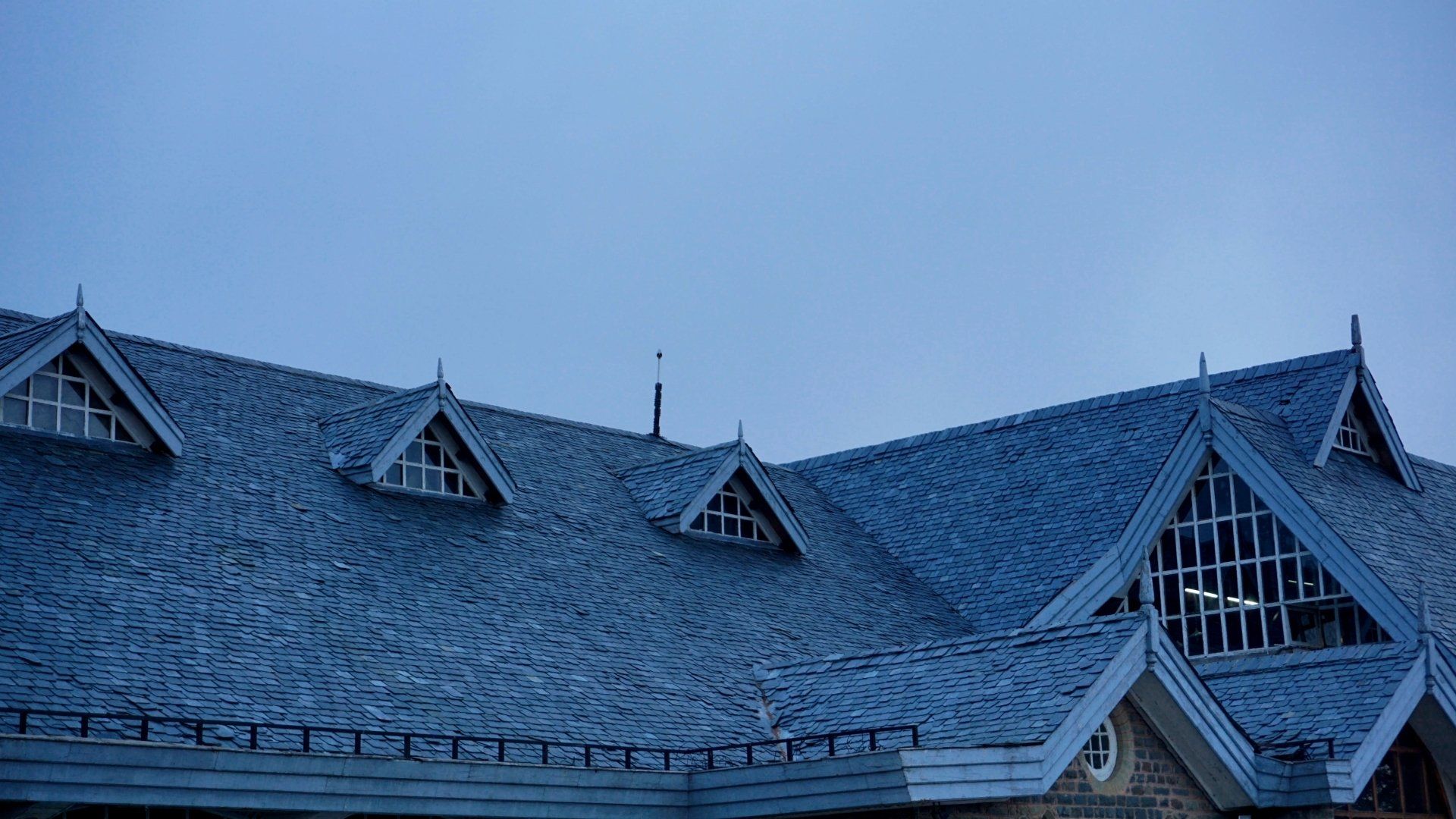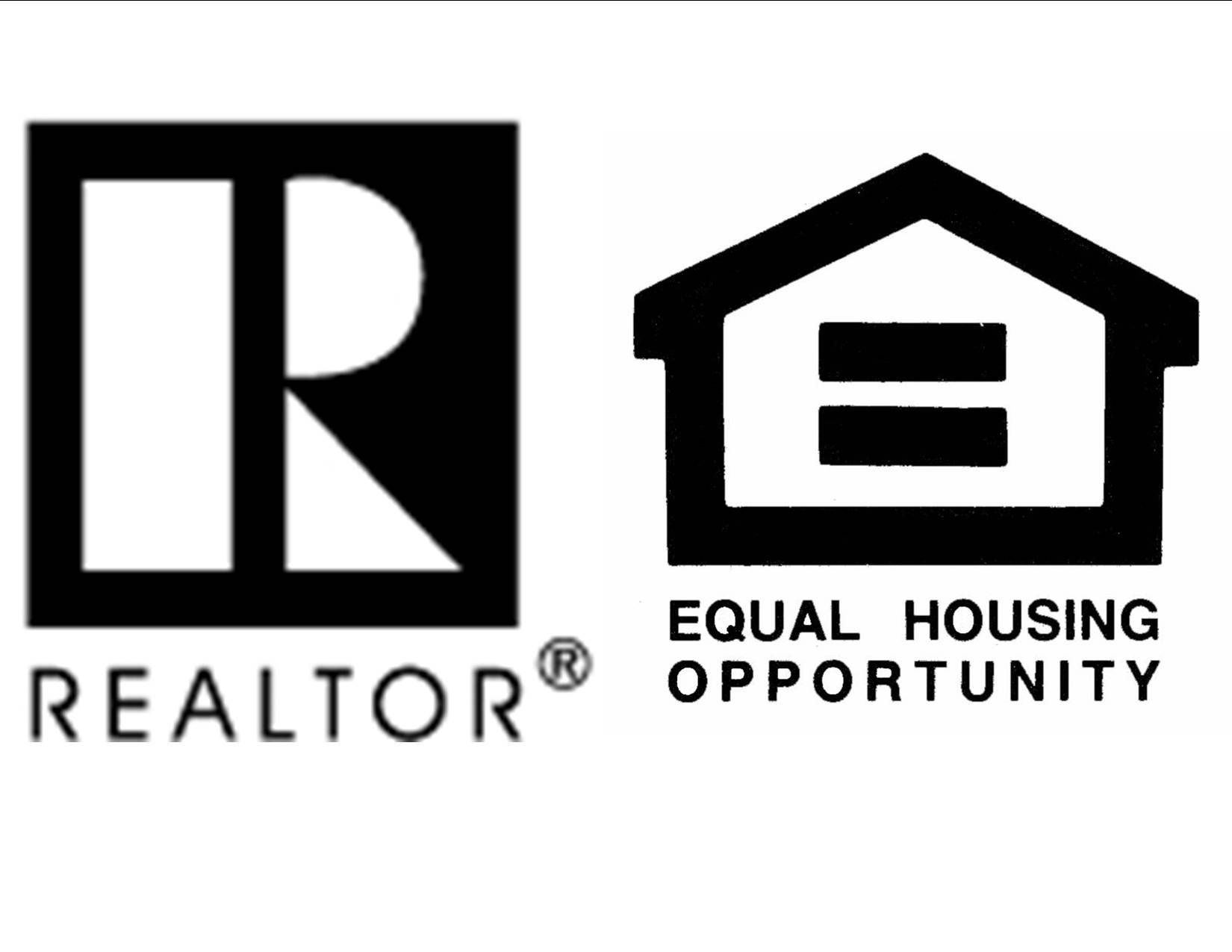Move Out Inspection. Start with the roof!

The Move Out Inspection is traditionally performed to assess any damages caused by the Tenant and to calculate the cost to cure these damages. Most Inspections are documented by filling out auto generated online forms that list each component of the exterior of the home or apartment as well as each component of each interior room. For instance, the room may be the kitchen and the component may be the sink. A typical move out inspection form will have upwards of 30 exterior components ranging from the grass/lawn condition to the exterior paint condition. Interior rooms such as a bedroom will usually have a breakdown of components such as condition of walls, ceilings, doors, closets, lights, windows/window treatments and carpet or other types of flooring. On a typical four-bedroom two bath home there could be upwards of 130 total interior components ranging from one of the bathroom vanities to a particular door in a particular bedroom. The notating of each component and condition can become overwhelming and often some of the more complex building components will be simply notated as "okay".
The problem with simply checking the box in a move out inspection is the nuances that each building component possesses. A good example would be one of the most important components of a home or apartment; the roof and its complexities. Tenants rarely damage the roof, and so the inspector may notate the roof is okay without performing a thorough visual inspection from each side of the home. The roof is usually connected to many of the home's exterior components such as the chimney, siding, facia, gutters and flashings. Each of these components as well as the interior walls, ceilings and insulation can become compromised as a result of a roof problem. Here are some examples of commonly overlooked issues with a roof:
- Jagged edges or tears in the starter course of shingles at the roofs edge that lead to water damage to facia and soffits.
*Painters are notorious for damaging these shingles with their ladders.
2. Tree limbs too close to the roof that brush back and forth against the roof when the wind blows and thus damaging the shingles
3. Nail pops in the roof from roofing nails that did not make a firm connection to the roof decking.
4. Buckling, lifted and or broken shingles that could be associated with wind damage and or improper roof installation.
5. Granule loss or curling of shingles due to defective shingles or age of roof.
6.Rotten siding at dormers, chimneys or roof step ups caused by poor flashing or improper siding installation.
7. Pine straw or leaf build up on roofs and or gutters.
8. Installation of a satellite dish attached to the roof.
9. Stains and or cracks in a ceiling.
10. Loose ridge vents from high winds and or improper installation.
11. Rusted valley metal.
12. Deteriorated rubber pipe/vent boots.
The sooner these types of problems are discovered, the sooner an expert roofer or contractor can further assess the issue, with the ultimate goal of prolonging the life of the roof!
Tenants will usually notify the property management company when water is dripping from a ceiling, but many times these issues can go unnoticed until they become a much larger and costly problem.
In addition to catching these issues during a move out inspection, we also offer scheduled periodical inspections at the request of our Owners for a minimal $50.00 inspection fee that includes a visual inspection and detailed reporting of the interior and exterior of the home or apartment to include checking for tenant compliance with the lease and any necessary corrective actions. The inspection fee is reduced to $35.oo per unit for properties where more than three inspections are performed.
We firmly believe that preventive maintenance is the best maintenance!
Murray Calhoun IV
Broker



